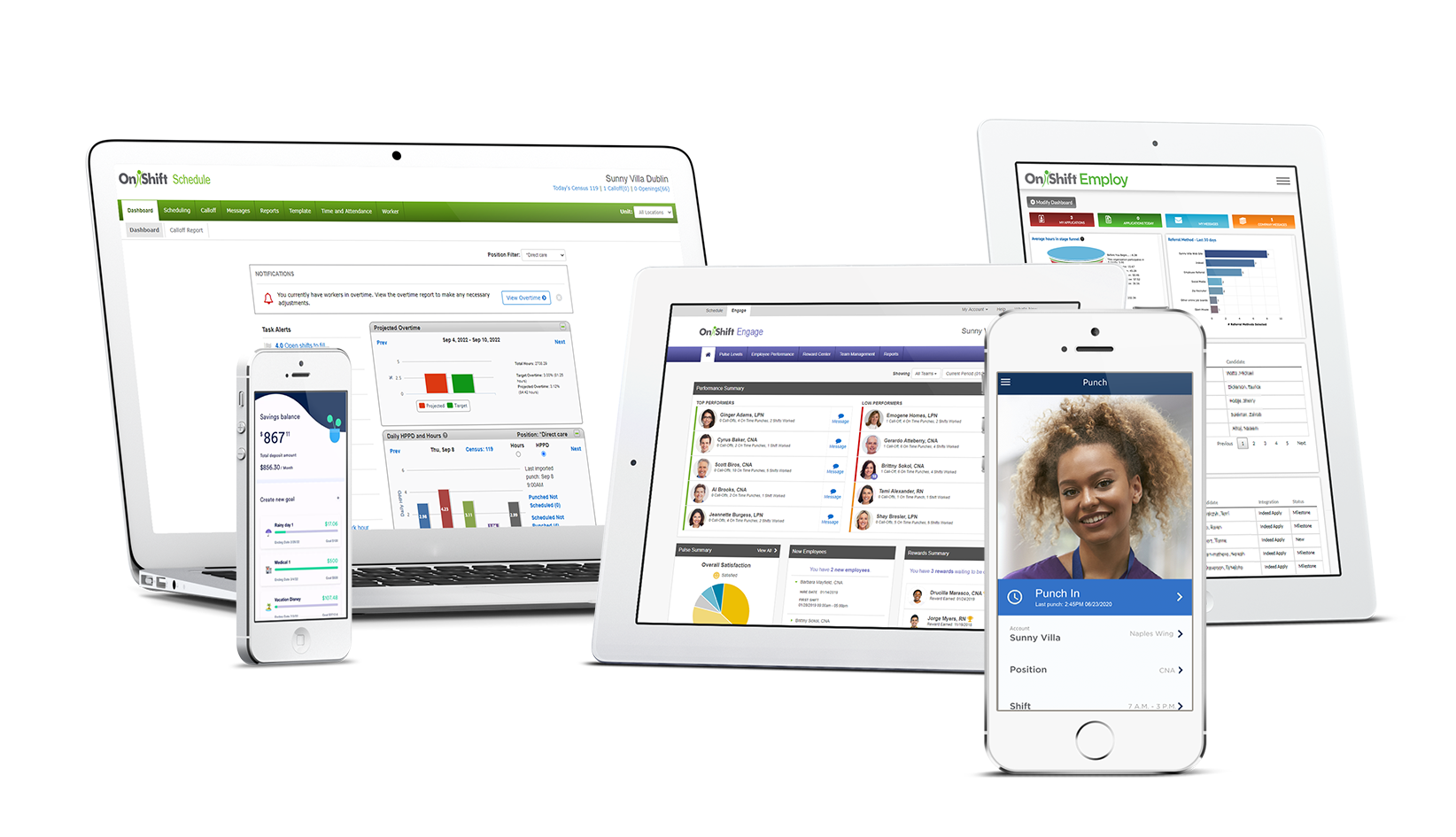February 6, 2019 | Cari Rosenberger
February 6, 2019 | Cari Rosenberger
 The average employee turnover rate in behavioral health is estimated at 40%. However, it’s not uncommon to hear of rates as high as 70%. This constant churn of employees not only impacts the overall continuity of care organizations can provide but creates an unstable work environment for staff, often perpetuating the problem.
The average employee turnover rate in behavioral health is estimated at 40%. However, it’s not uncommon to hear of rates as high as 70%. This constant churn of employees not only impacts the overall continuity of care organizations can provide but creates an unstable work environment for staff, often perpetuating the problem.
Turnover is also costly for organizations. On average, turnover costs providers up to $4000 per employee. With having to constantly hire and train new staff, these costs can really add up for a provider, and take funds away from programs and initiatives that help organizations grow.
Luckily, there are a number of best practices behavioral health providers can implement to help combat rising turnover while creating a workforce that is both satisfied and engaged. Here are a few key tactics for turning around your turnover issues.
Understand Where Staffing Gaps Exist
The biggest concern with being understaffed is the potential impact it can have on the quality of care and service your organization is able to provide. It can also hinder your organization’s ability to implement new service lines or programs.
Understaffing also creates more work for your employees — either in the form of having to take on extra tasks during their normally scheduled hours, having to work excess amounts of overtime, or in many cases, both. This only further contributes to the already physical and mental demands caregivers and DSPs (Direct Support Professionals) face, leading to burnout and ultimately more turnover.
Because of this, it’s important that providers keep a steady pulse on where their true hiring needs exist. That means not only understanding how each employee is being utilized, but being able to quickly pinpoint your highest hiring priorities.
Once you know who to hire, make sure you’re reaching out to applicants right away. Mobile recruitment software like OnShift Text2Hire can help behavioral health providers automatically connect and schedule candidates for interviews via text message, increasing your chances of being the first to reach a candidate, instead of the last.
Hire For Culture Fit, Not Just Skill
With the current workforce shortage facing the behavioral health industry, many organizations focus their hiring efforts on skill. While there are certain certifications, credentials and skills that are required for many DSP and caregiver positions, simply having the right set of skills isn’t always enough when it comes to reducing turnover.
Soft skills like being able to work as a member of a team, having a caring, empathetic mindset as well as a natural desire to provide care are just some of the qualities that make for a great behavioral healthcare employee.
Whoever you hire, make sure they align to your organization’s values and mission. This not only increases your chances of hiring employees who are there for the long haul, but can help you create a culture where existing employees want to work and stay.
Think Of Onboarding As A 90-Day Process
According to a National Core Indicators (NCI) study, an estimated 35% of new hires in behavioral health turnover in six months or less. Because of this, providers need to extend their onboarding process, thinking well beyond the first week or even month of an employee's tenure.
By tracking key performance indicators such as number of early or late punches, call-offs and no shows, program managers can quickly identify new employees who may be unengaged. Additionally, weekly or bi-weekly check-ins with new employees during the first 90 days can help strengthen manager-employee relationships and ensure any concerns are quickly addressed.
Communicate, Communicate, Communicate
Constant communication with managers is key to keeping employees engaged. That’s why it’s so important for behavioral health providers to consistently check in with their staff and keep the lines of communication open.
Many organizations use annual surveys to capture employee feedback and gauge overall satisfaction. While this is better than nothing, response rates are generally low and feedback is often limited.
Weekly, automated pulse surveys give employees a quick way to communicate potential issues and other feedback to managers in real time. This, in turn, gives managers the ability to take action and keep minor issues from turning into big problems, reducing potential turnover. In fact, nearly 48% of employees say they’re more likely to stay with an organization that acts upon their feedback.
Look For Ways To Recognize, As Well As Coach
Today’s workforce wants to be recognized for their hard work. This is especially true for those in the healthcare industry, where job demands can be both mentally and physically demanding. Because of this, providers need to make sure they’re regularly tracking employee performance, looking for opportunities to recognize, as well as opportunities to coach.
By regularly tracking even simple actions like attendance, managers can quickly spot which employees are engaged and which aren’t. It’s important to recognize your top performers on a regular basis, as what gets recognized, often gets repeated. Small rewards such as a handwritten 'thank you' note or a gift card to a local lunch spot can go a long way in making employees feel valued.
Managers also need to be mindful of regularly reaching out to those who appear to be struggling. For example, employees who are frequently calling off may require additional training or coaching. Or they could simply have a scheduling conflict that has been left unresolved. Whatever their need, it’s important to catch performance issues early on to see if they can be resolved. Ignoring them can lead to increasing dissatisfaction and often, that employee turning over.
Subscribe to the OnShift Blog
Recent Posts
Categories
About Cari Rosenberger
Cari Rosenberger is a Senior Portfolio Marketing Manager at OnShift.
See for yourself why thousands of providers rely on OnShift’s innovative software for recruitment, hiring, workforce management, pay and engagement. Request your personalized demo today.
